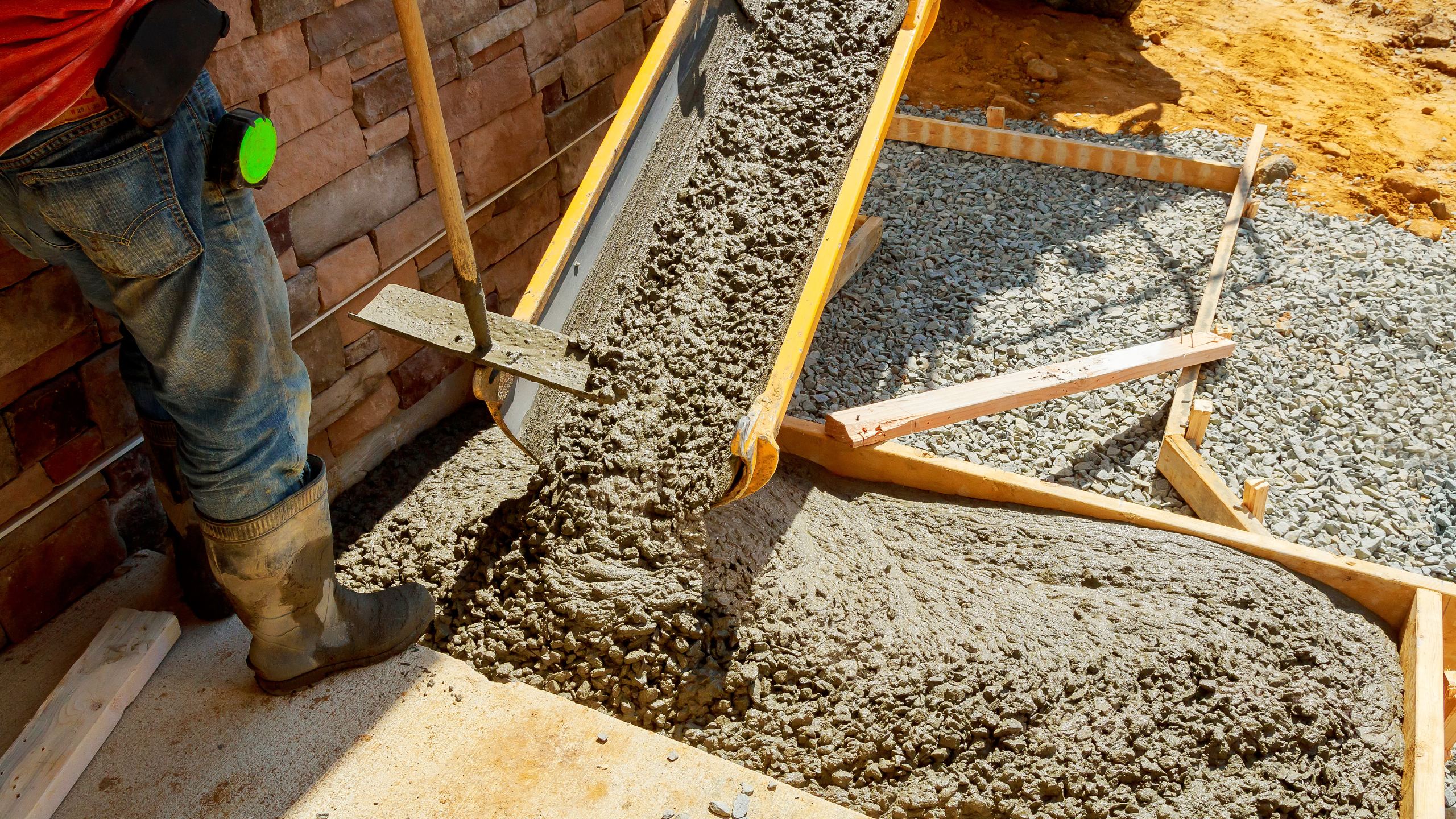
A solid foundation is crucial for ensuring the strength and stability of any building. However, even the most robust foundations can develop issues over time, which can be expensive and time-consuming to repair. That’s why it’s essential to take a proactive approach to protect your building’s foundation. By doing so, you can avoid costly repairs and ensure that your structure remains standing strong for years to come. So, take the necessary steps to safeguard your foundation and enjoy peace of mind knowing that your building is secure and stable.
This is the final part in a series of articles explaining latent defects in principle, and the main types of latent defects that arise in practice:
A quick reminder – what is a latent defect?
A latent defect is an unobvious imperfection or fault relating to a property, one that you wouldn’t expect to spot during normal, final inspection after construction. Any such problem is a latent defect, whether it arises in connection with design, workmanship, choice of materials, or the land on which the property is built.
These faults can lurk undetected for months or sometimes even years after a building is handed over for use. Many mortgage lenders require rather than encourage a policy providing cover against the scenario where one is detected, because the danger of sudden financial disaster spirals without such insurance.
What are foundations for?
Foundations are load-bearing structures, designed to transmit the weight of the building above safely into the ground. This load would end up in the ground with or without foundations, but the goal is to ensure this happens in a way which doesn’t cause soil to spread or move, something which would cause settlement and structural damage.
Foundations are commonly made of concrete that is poured into carefully prepared trenches. They vary greatly in depth and width. A structural engineer will determine what foundations are required.

Obviously, the size and construction of the building will affect the type of foundations needed, but the nature and condition of the soil can be just as important. Groundwater needs to be factored in also. Trees draw moisture from the soil and cause it to shrink as it dries, so they can affect foundation requirements too. Note – don’t rush to remove trees without expert advice, as this will release water from the root system into the soil, causing it to change and swell.
Design must insure no interaction with adjacent structures and their foundations. Other things buried, such as drains, sewers and similar services, must be taken into account too. Basements require correct basement foundation walls.
Careful survey is required before foundations can be designed, and detailed regulations must be adhered to. As an example, foundations must usually be as deep as any nearby drain or sewer, as this should stop any load affecting and cracking the buried service.
What can go wrong with foundations?
Regulations set out in detail what foundations are needed, so the engineer designing them will rarely make a mistake if armed with all of the facts. If problems do arise, therefore, it’s often because site investigation failed to gather some important piece of information about the soil, water table, buried utilities or nearby foundations. Investigation, which will include desk research as well as intrusive survey, is not the most expensive part of construction, but is vitally important.
A correct design can be undermined by errors made during construction. Soil must be prepared and compacted properly before foundations are laid, for example.
As discussed, changes related to water can cause ground to shrink, swell or erode. Issues such as inadequate drainage can therefore become foundation problems.
What you need to do
A comprehensive latent defects policy will mean you are protected in these scenarios. Policies typically provide cover for 10 or 12 years, giving plenty of time for any latent issue to become apparent. They don’t require you to prove who was at fault, simply that an issue has been confirmed, and they will protect you even if a party involved in construction is no longer trading. A comprehensive policy will affect the saleability of the property, so this area is crucial whether you plan to maintain ownership or not.
Not all policies are equally comprehensive, so it’s important to get expert advice and secure the right policy for you.
We work with developers large and small, including those embarking on self build. With BuildSafe on the team, you will have an advisor that will be there to guide you through everything related to your protection, before and after the policy is in place.
Click here to request a free, no-obligation quote, or else call BuildSafe on 020 3701 0422 to chat with a member of our team.
